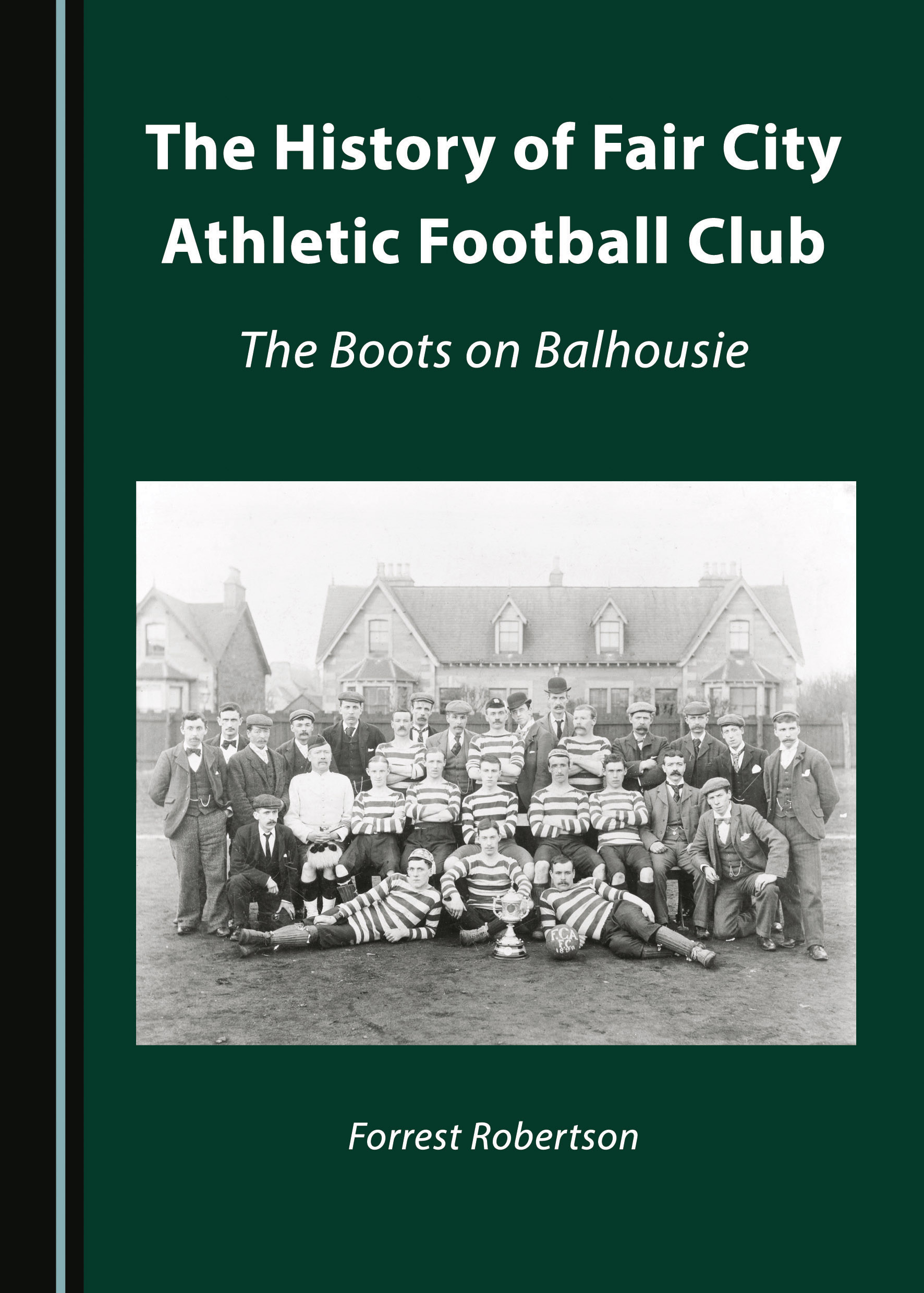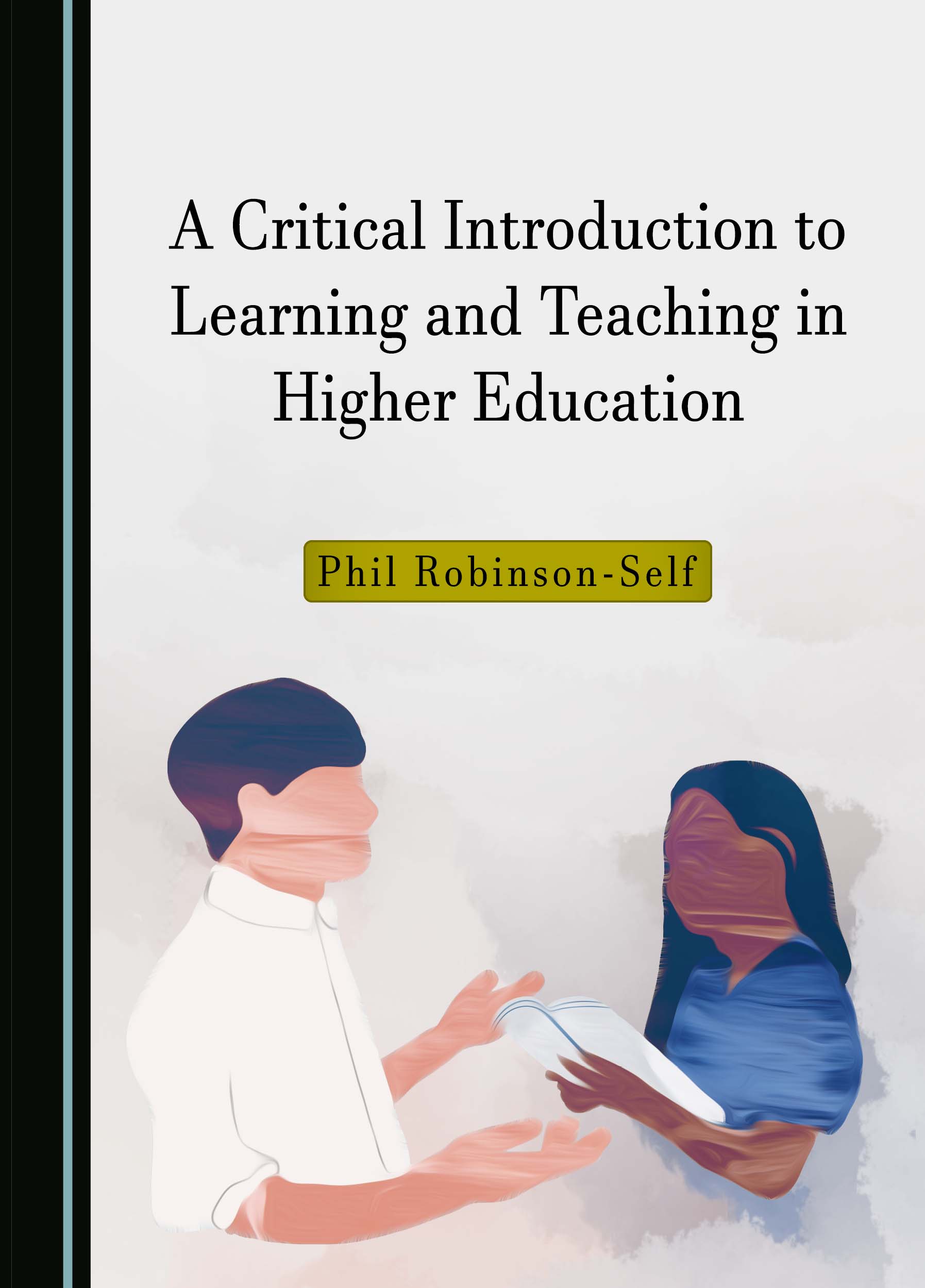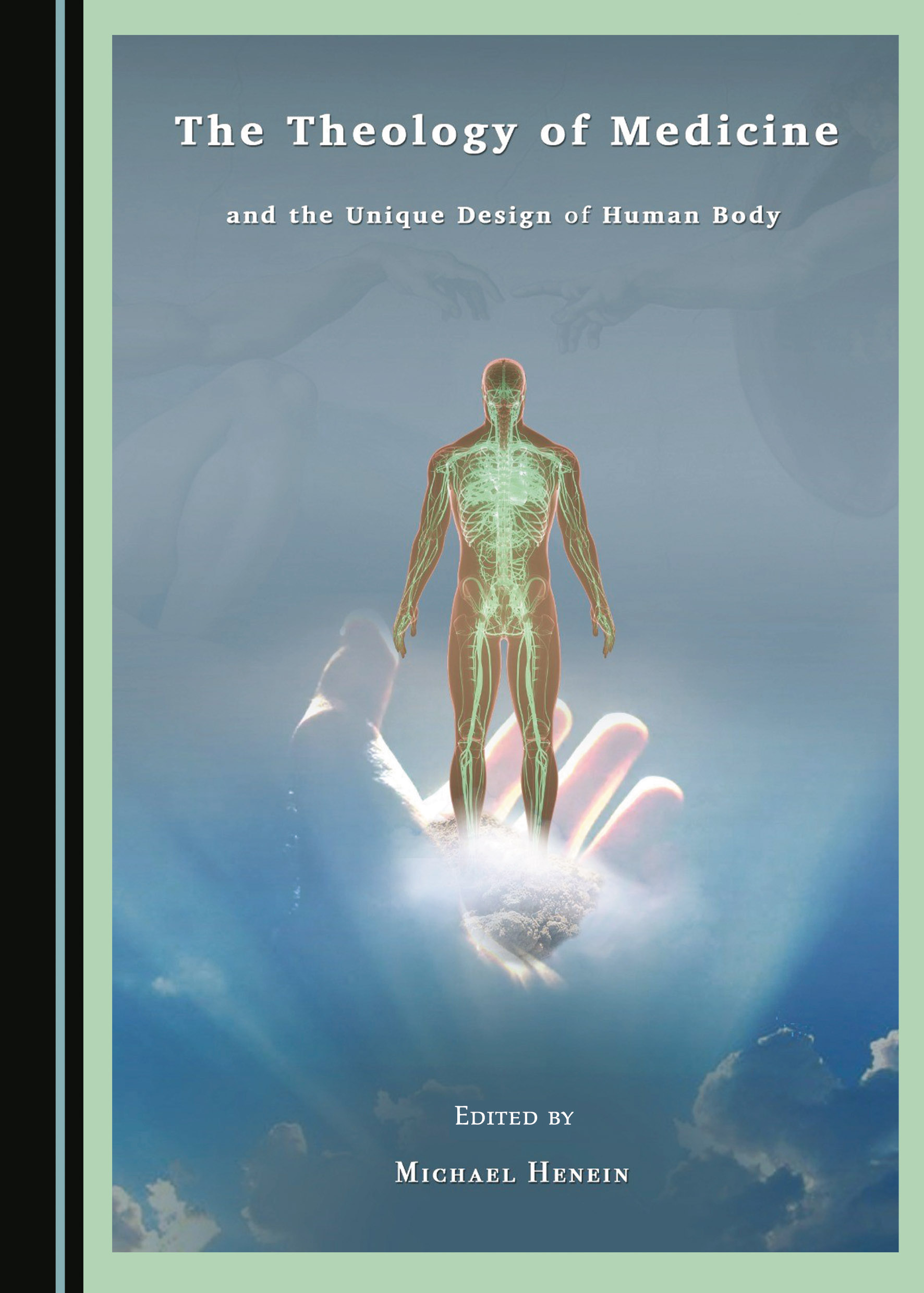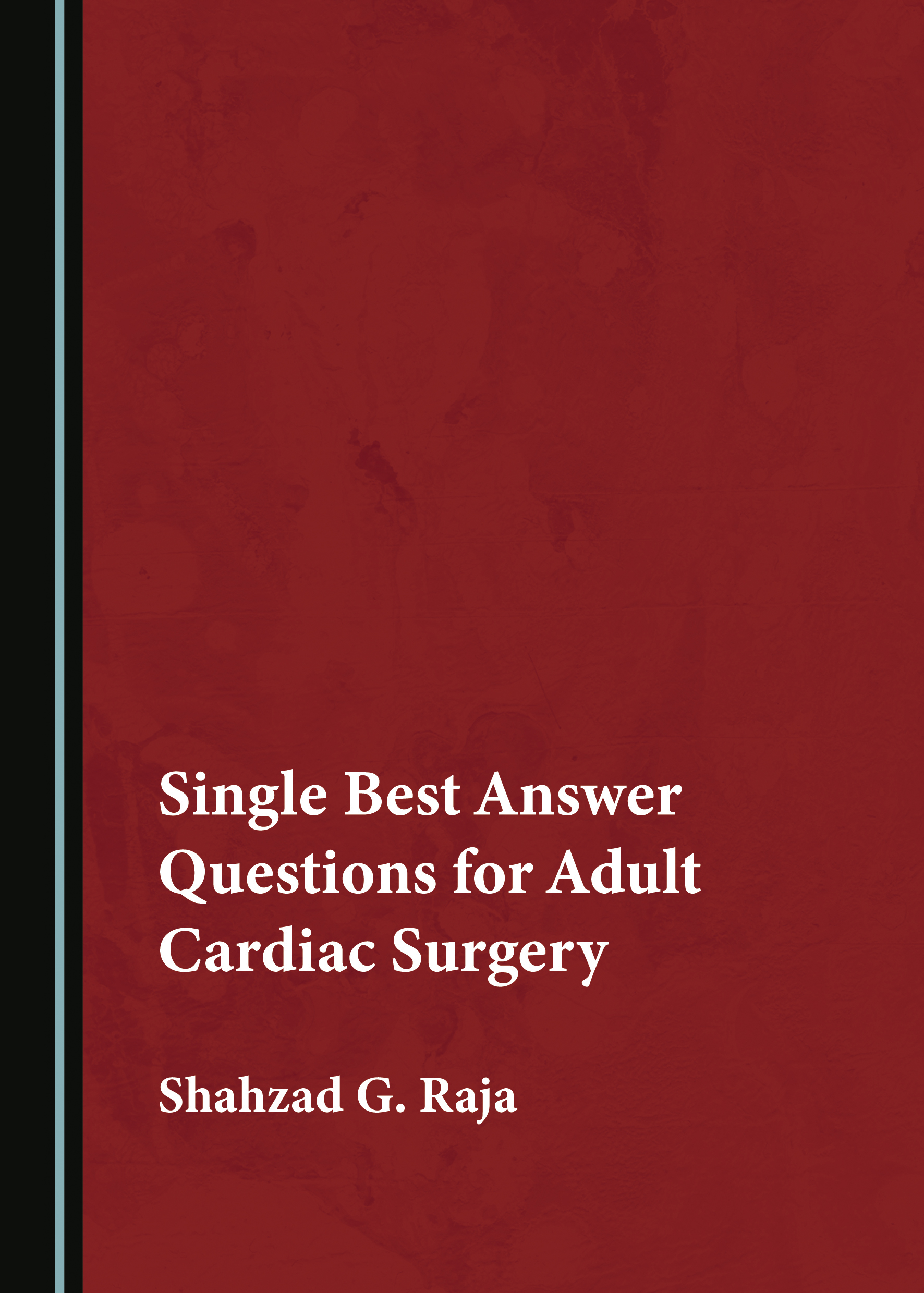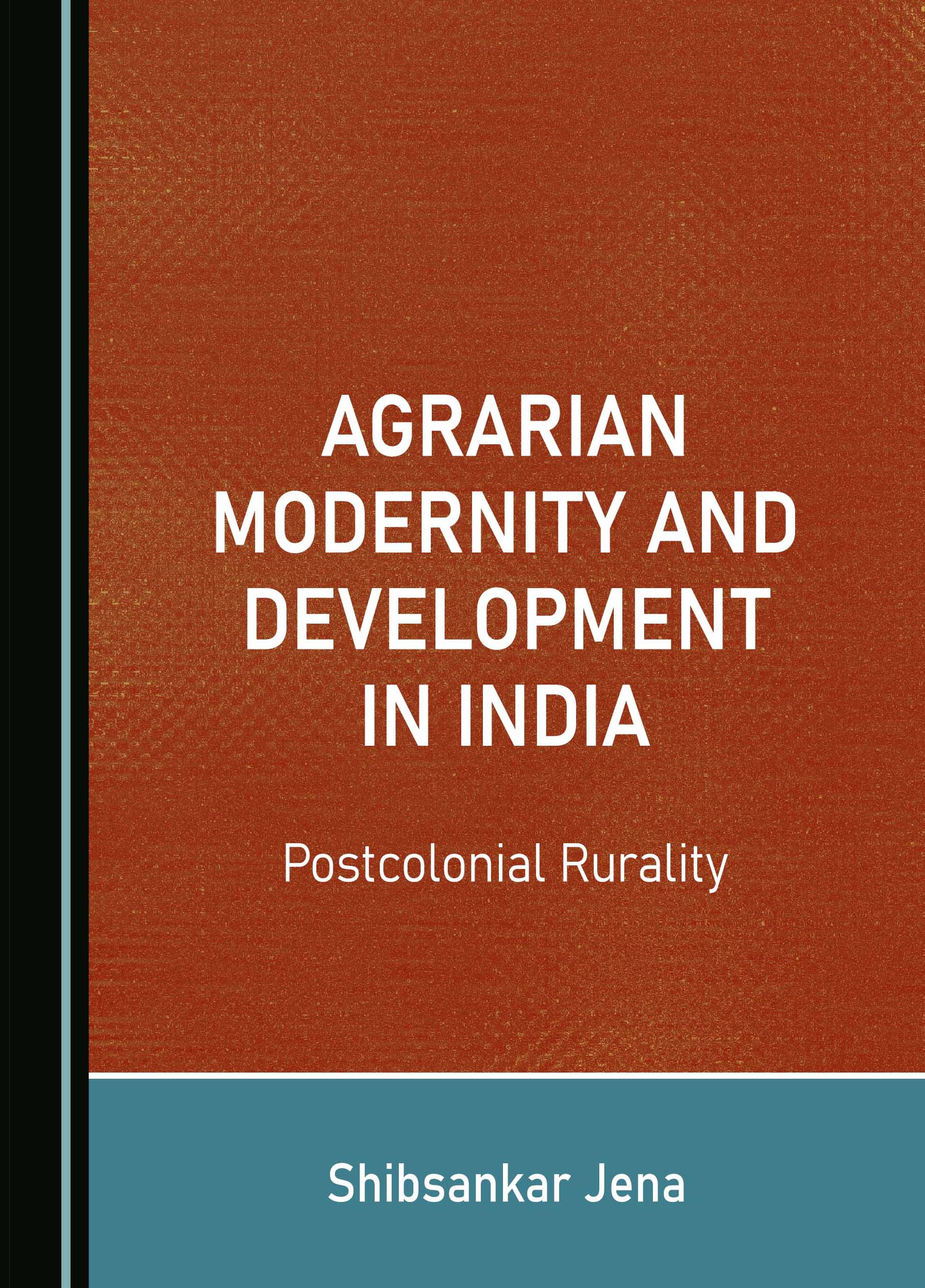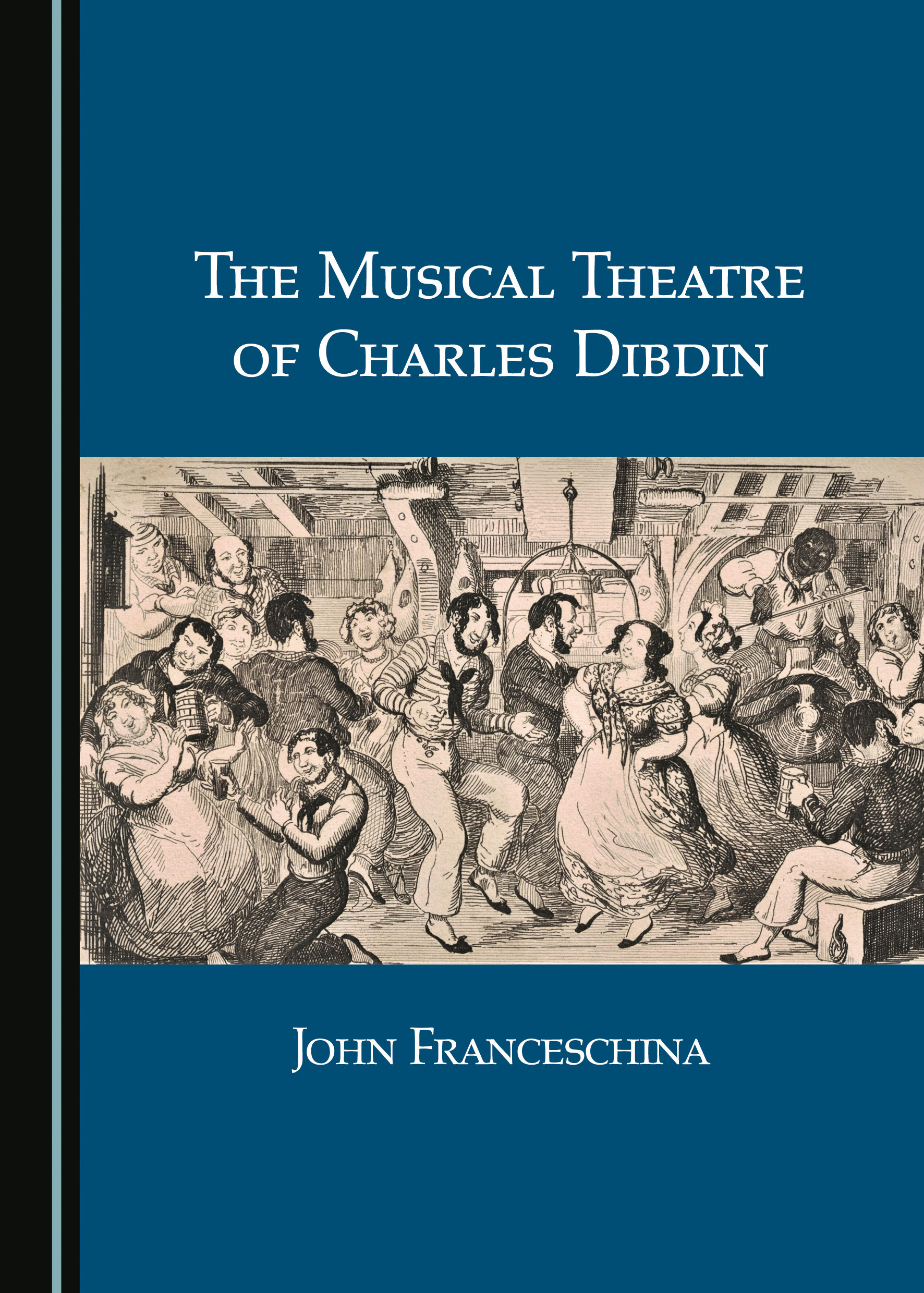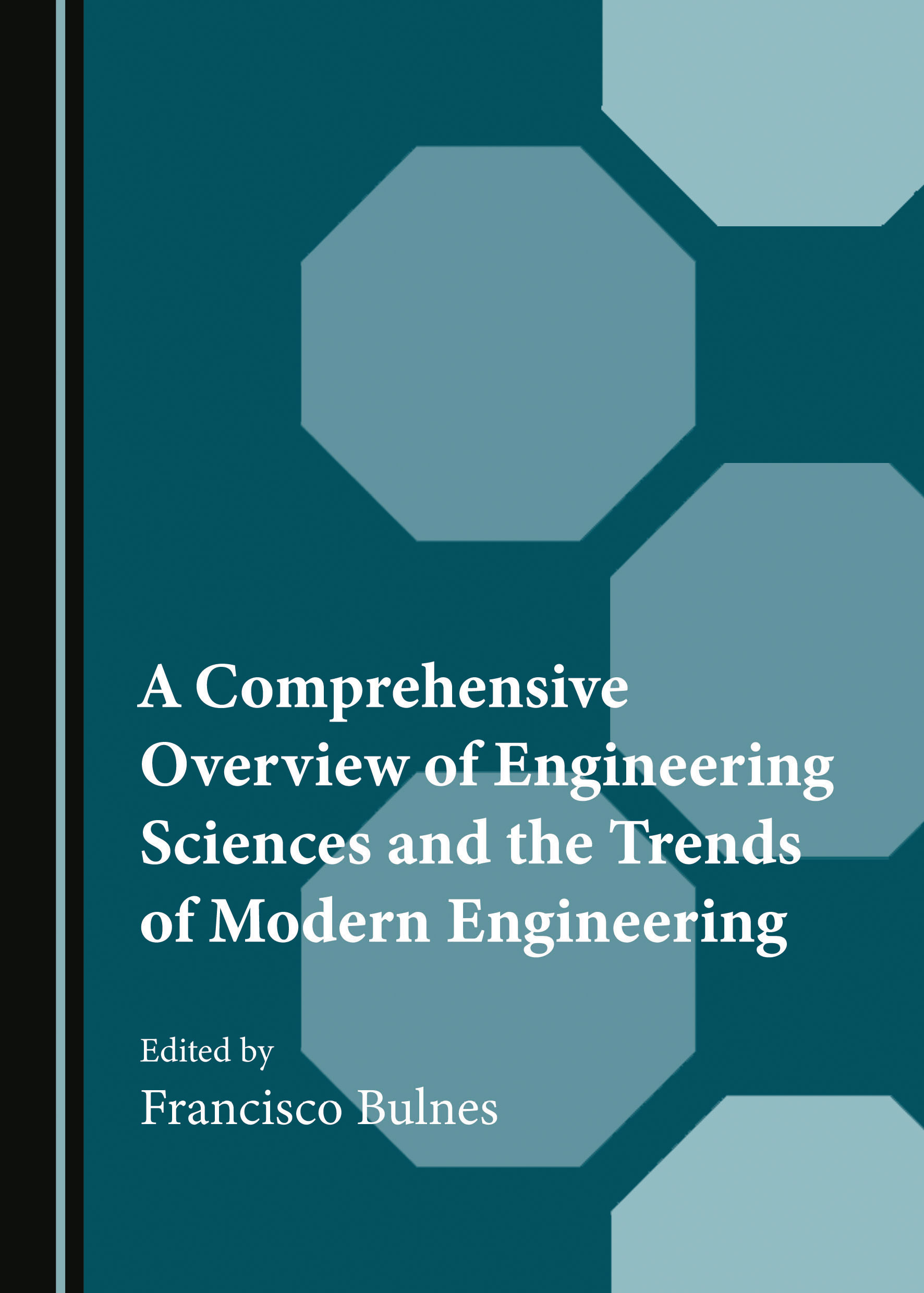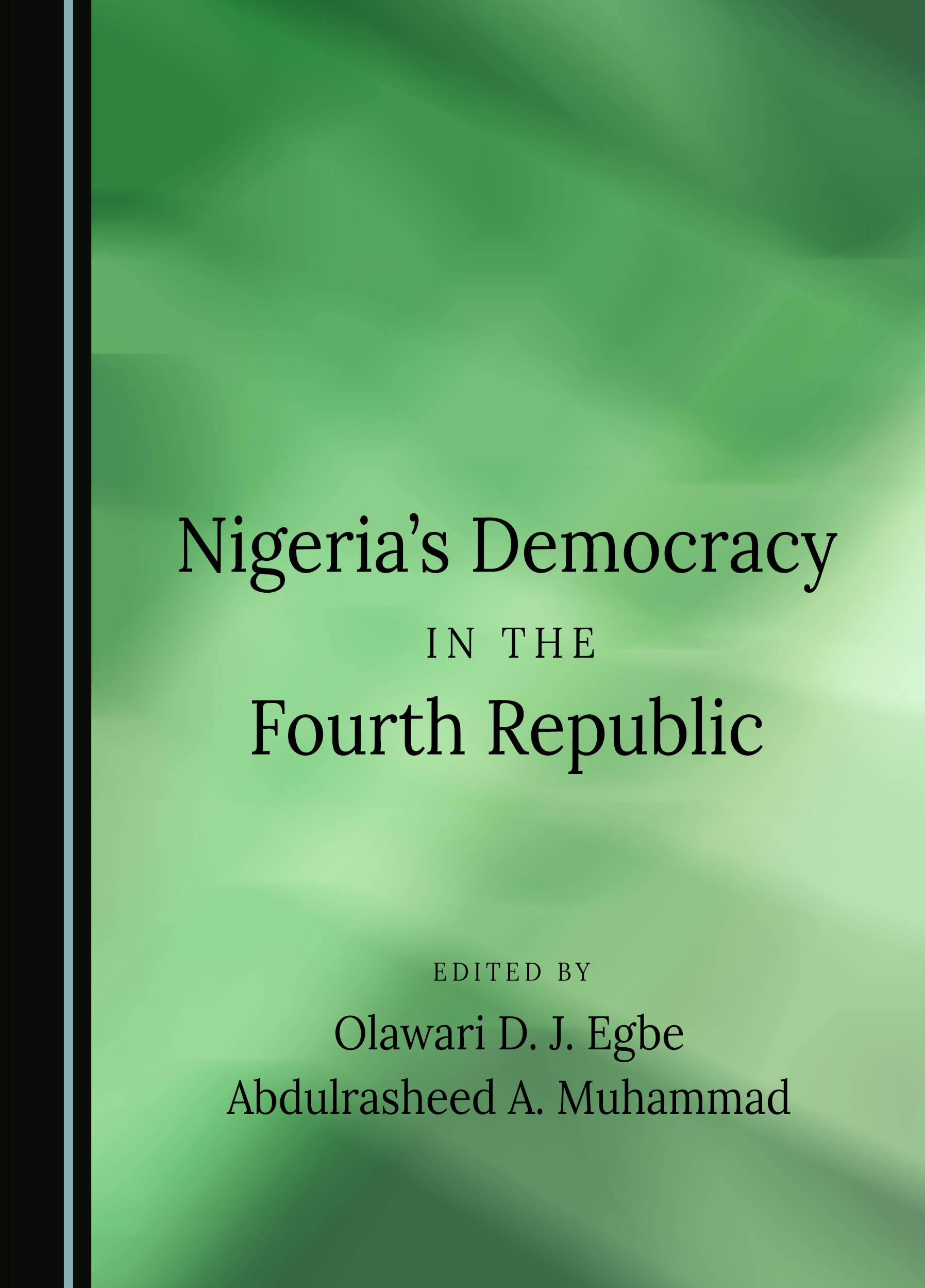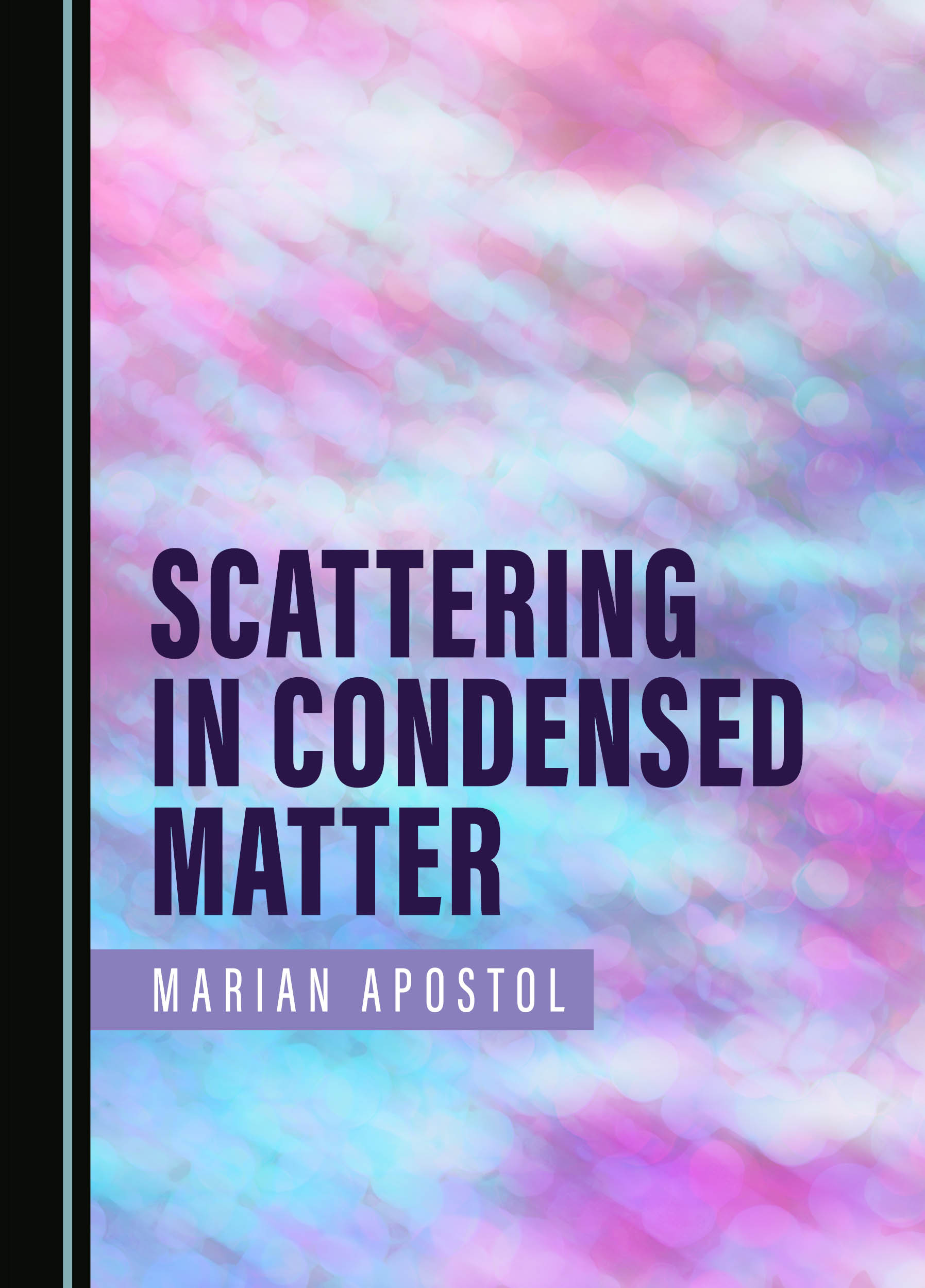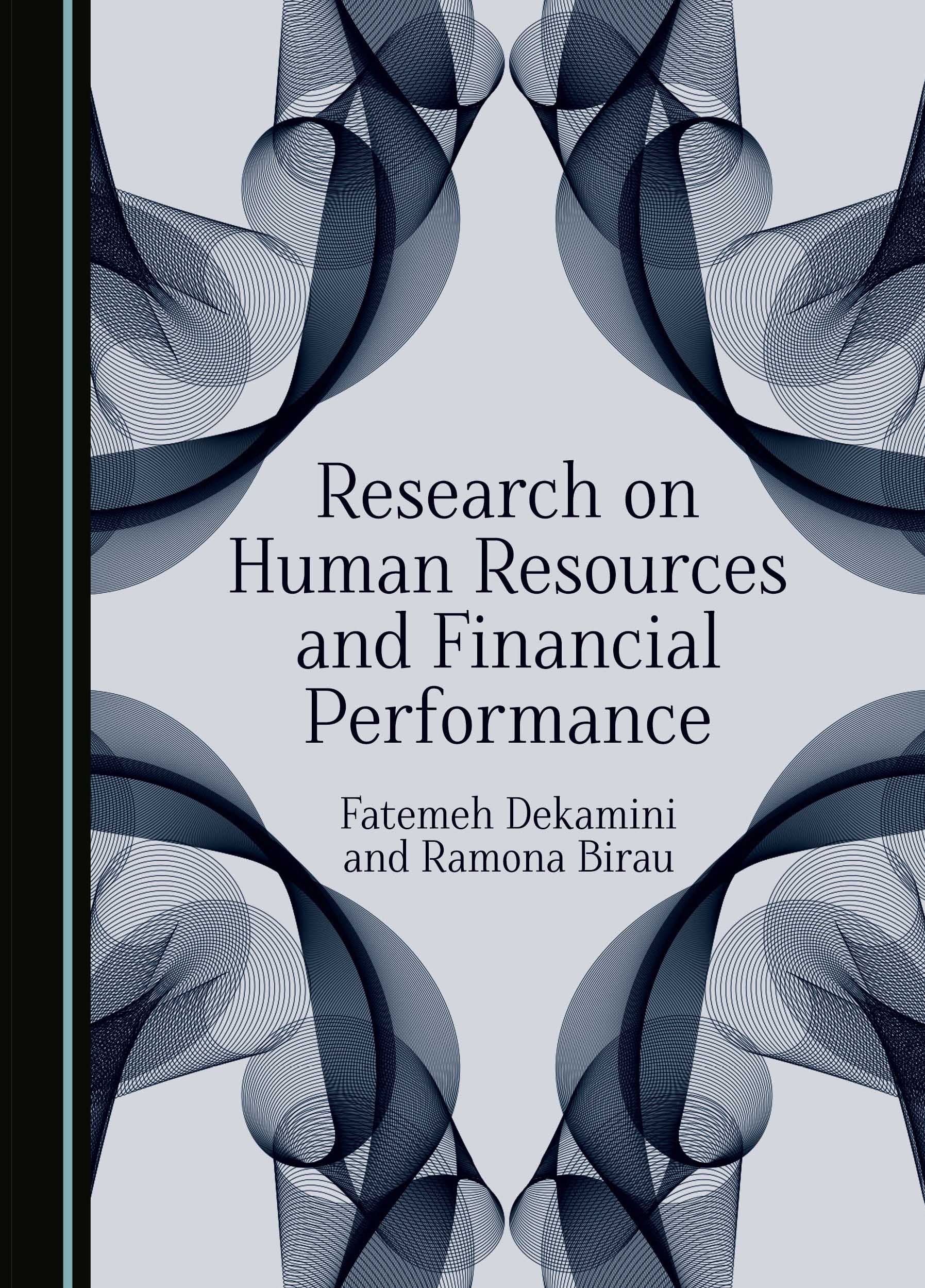The PCI Artists: Antifascism and Communism in Italian Art, 1944-1951
This book examines the artistic policies of the Italian Communist Party (PCI) during the early post-war years (1944–1951), after the defeat of Fascism in Europe and the outbreak of the Cold War. It brings together theoretical debates on artists’ political engagement and an extensive critical apparatus, providing the reader with an historical framework for wider reflections on the relationship between art and politics.
After 1944, the PCI became the biggest Communist organisation in the West, placing Italy in an ambiguous position regarding the other European countries. Nevertheless, the immediate strategy of the Communists was not revolution, but liberation from Fascism and the establishment of a democratic system from which a genuine Italian path to Socialism could be found. Taking Antonio Gramsci’s notion of hegemony as a theoretical basis, the Communists intended to generate a progressive social bloc capable of achieving wide consensus within civil society before taking power. In order to accomplish this goal, the collaboration from intellectuals was necessary.
The artistic policy of the Italian Communist Party was tailored to this end, counting on representatives from all groups and tendencies of the time, particularly those artists who rejected the imperialistic, autarchic pseudo-classicism that characterised most of Italian art throughout the Fascist years. In the 1930s, international, Modernist and cosmopolitan European culture became an escape route to artists seeking a way out of the oppressive cultural atmosphere of inter-war Italy. However, in the 1940s and 1950s, many of these artists experienced a deep transformation in their work after they became politically involved with the PCI, and were exposed to international Communist culture – and Socialist Realism in particular. This was conveyed not only by conscious changes in their subjects, their style and their material means of expression, but also in the public they addressed and in their own conception of themselves as artistic authors. Hence, at a time when the world was divided into two opposed camps, each heavily inflected by ideological allegiance and supported by powerful propaganda apparatuses, Italian Communist artists became the protagonists of a novel intellectual-political project which pursued the synthesis between antagonistic cultural blocs.
Juan José Gómez Gutiérrez received his PhD in Art History from The Open University, UK. He has taught Aesthetics at the University of Seville, Spain, and has served as Visiting Scholar at several European universities. He is currently an academic editor, cultural promoter, and consultant regarding cultural policies.
There are currently no reviews for this title. Please do revisit this page again to see if some have been added.
Buy This Book








